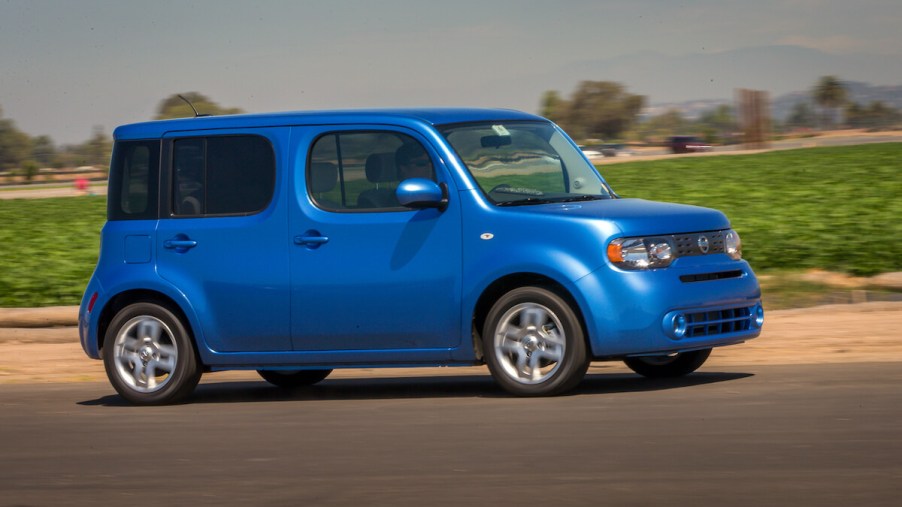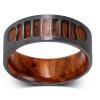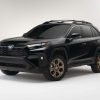
Is the Quirky Nissan Cube Worth Checking Out in 2023?
“Whose toy car is that?” My friend’s son asked him as they pulled into the driveway. The eight-year-old boy was referring to the Nissan Cube that I was driving for the weekend. It was 2009, during my last life as an automotive journalist, and it was during a time when boxy cars like the Scion xB and Honda Element were a thing.
Nissan jumped on the wagon that year with the Cube, which was first released in Japan in 1998. However, when it came to the U.S. 11 years later, the Cube became an underground hit for the same buyers that wanted a Kia Soul but longed for something a little out of the box.
The Nissan Cube was targeted at the younger crowd

Take one look at the Nissan Cube, and you’ll be able to tell it was aimed at a younger audience. Maybe not eight-year-old kids, but perhaps 18-year-olds just graduating from high school and needed a reliable form of transportation. If that were the case, any college kid back then would definitely stand out with the Cube’s bubbly exterior features.
It looked like “my first model car” with its Band-Aid strip front headlight treatment and asymmetrical rear window. The weirdly low-positioned taillights added to the car’s weird look as well.
The Cube’s uniqueness was further accentuated on the inside with rippled headliner and couch-like front seats. Having driven the Cube, I can say that the interior is comfortable and spacious, with its ample headroom and sliding rear seat. Since it’s a box, the visibility out of all four corners is also excellent.
The Cube was based on the Nissan Versa and was just as slow
Driving the Nissan Cube is an entertaining and slow experience. It shares its powertrain with the Versa from the same generation, which consists of a 122-hp, 1.8-liter four-cylinder engine mated to either a CVT or a six-speed manual transmission. The editors at Car and Driver recorded a 0-60 mph time of around nine seconds, so the Cube is definitely not quick.
It’s not super quiet, either. The flat windshield makes for a lot of wind noise, especially at highway speeds. Additionally, the car’s electronic power steering made for smooth operation, but it didn’t provide much road feel. Of course, most Nissan Cube drivers – whether they’re in college or not – likely wouldn’t care.
Is the Nissan Cube worth buying today?

If you like the Nissan Cube’s quirky design and don’t mind its slow driving dynamics, it’s worth a look in 2023. When it was discontinued in 2014, the Cube retailed for $18,000 to $20,000, depending on the trim level. Now, you can find used examples selling for $3,000 to $11,000, depending on the car’s condition and location – so it’s quite the steal.
Considering the car could achieve up to 31 mpg on the highway and was very practical with its spacious cabin and sliding rear seat, we think it’s worth getting as a daily runabout. The Nissan Cube may look like a toy car, but it’s actually pretty practical despite its cartoonish design.



